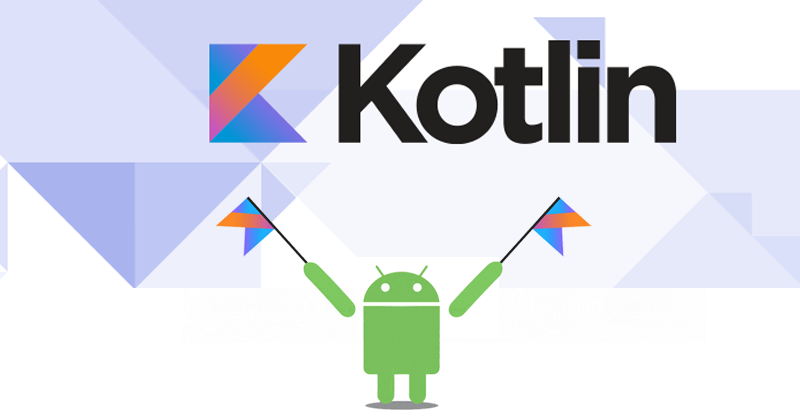Kotlin Type Conversion
In this article, you will learn about type conversion; how to convert a variable of one type to another with the help of example.
In Kotlin, a numeric value of one type is not automatically converted to another type even when the other type is larger. This is different from how Java handles numeric conversions. For example;
In Java,
int number1 = 55; long number2 = number1; // Valid code
Here, value of number1 of type int is automatically converted to type long, and assigned to variable number2.
In Kotlin,
val number1: Int = 55 val number2: Long = number1 // Error: type mismatch.
Though the size of Long is larger than Int, Kotlin doesn’t automatically convert Int to Long.
Instead, you need to use toLong() explicitly (to convert to type Long). Kotlin does it for type safety to avoid surprises.
val number1: Int = 55 val number2: Long = number1.toLong()
Here’s a list of functions in Kotlin used for type conversion:
Note, there is no conversion for Boolean types.
Conversion from Larger to Smaller Type
The functions mentioned above can be used in both directions (conversion from larger to smaller type and conversion from smaller to larger type).
However, conversion from larger to smaller type may truncate the value. For example,
fun main(args : Array<String>) {
val number1: Int = 545344
val number2: Byte = number1.toByte()
println("number1 = $number1")
println("number2 = $number2")
}When you run the program, the output will be:
number1 = 545344 number2 = 64
Also check out these articles related to type conversion:
- String to Int, and Int to String Conversion
- Long to Int, and Int to Long Conversion
- Double to Int, and Int to Double Conversion
- Long to Double, and Double to Long Conversion
- Char to Int, and Int to Char
- String to Long, and Long to String Conversion
- String to Array, and Array to String Conversion
- String to Boolean, and Boolean to String Conversion
- String to Byte, and Byte to String Conversion
- Int to Byte, and Byte to Int Conversion
Python Example for Beginners
Two Machine Learning Fields
There are two sides to machine learning:
- Practical Machine Learning:This is about querying databases, cleaning data, writing scripts to transform data and gluing algorithm and libraries together and writing custom code to squeeze reliable answers from data to satisfy difficult and ill defined questions. It’s the mess of reality.
- Theoretical Machine Learning: This is about math and abstraction and idealized scenarios and limits and beauty and informing what is possible. It is a whole lot neater and cleaner and removed from the mess of reality.
Data Science Resources: Data Science Recipes and Applied Machine Learning Recipes
Introduction to Applied Machine Learning & Data Science for Beginners, Business Analysts, Students, Researchers and Freelancers with Python & R Codes @ Western Australian Center for Applied Machine Learning & Data Science (WACAMLDS) !!!
Latest end-to-end Learn by Coding Recipes in Project-Based Learning:
Applied Statistics with R for Beginners and Business Professionals
Data Science and Machine Learning Projects in Python: Tabular Data Analytics
Data Science and Machine Learning Projects in R: Tabular Data Analytics
Python Machine Learning & Data Science Recipes: Learn by Coding
R Machine Learning & Data Science Recipes: Learn by Coding
Comparing Different Machine Learning Algorithms in Python for Classification (FREE)
Disclaimer: The information and code presented within this recipe/tutorial is only for educational and coaching purposes for beginners and developers. Anyone can practice and apply the recipe/tutorial presented here, but the reader is taking full responsibility for his/her actions. The author (content curator) of this recipe (code / program) has made every effort to ensure the accuracy of the information was correct at time of publication. The author (content curator) does not assume and hereby disclaims any liability to any party for any loss, damage, or disruption caused by errors or omissions, whether such errors or omissions result from accident, negligence, or any other cause. The information presented here could also be found in public knowledge domains.

